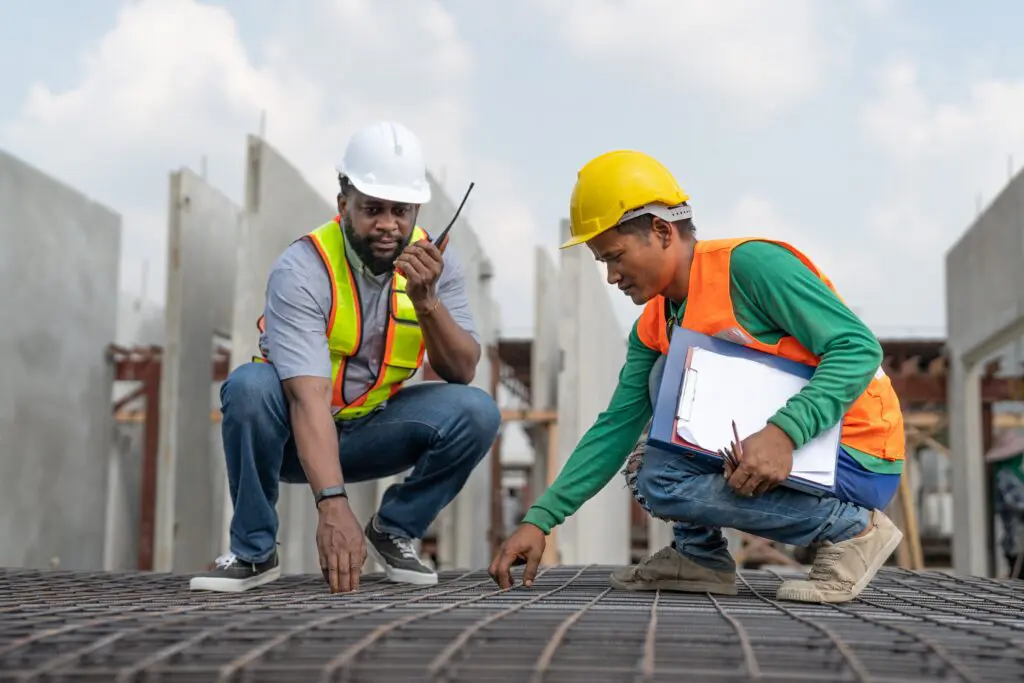Recycling cement paste from demolished buildings is one of the cheapest and most efficient ways to reduce emissions from cement production, according to researchers.
They found that CO2 mineralisation – a process where emitted CO2 is reduced by absorbing it into concrete, bricks, pavers, and clinker substitutes – has the potential to reduce emissions from cement production by 15%.
Construction materials are responsible for around 13% of global greenhouse gas emissions most of which come from manufacturing concrete and steel. Concrete is the second most in-demand material on the planet after water.
Most effective
Researchers at Imperial College London’s Department of Civil and Environmental Engineering studied 10 technologies that use CO2 mineralisation and found that recycled cement paste made from end-of-life concrete was the most effective and economical.
Cement paste is a glue-like substance that binds materials like sand or gravel together to create concrete. Recycled cement paste typically originates from old infrastructure, like demolished office buildings.
Challenging
Rupert J. Myers, from Imperial’s Department of Civil and Environmental Engineering, says: ‘In the fight against climate change, reducing emissions from the production of cement, and the construction industry more widely, is challenging.
Our findings suggest that CO2 mineralised cement paste could be a champion technology in helping us decarbonise the sector.’
Read the report here >>
Don't hesitate to contact us to share your input and ideas. Subscribe to the magazine or (free) newsletter.



